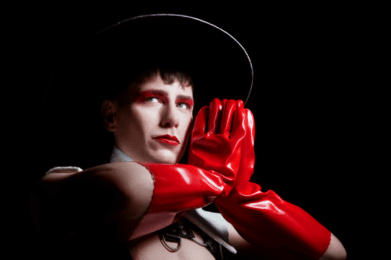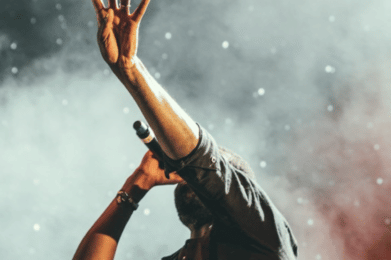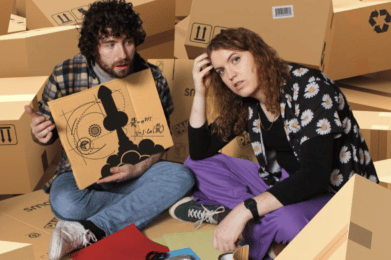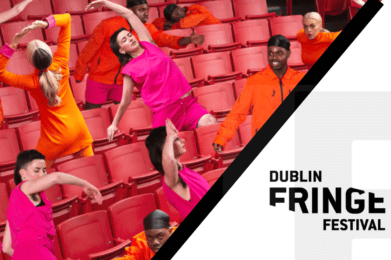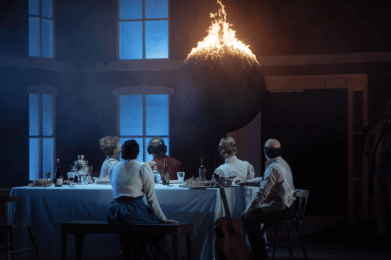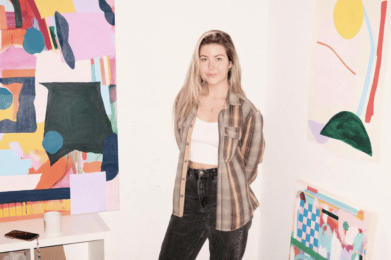Interview with Jialin Long: “For me, all my works relate to my own experiences, maybe it didn’t turn the camera on me, but there is a part of my story in every single of my work”
Jialin Long, Beijing-born and now Ireland-based photographer, has seen much success after graduating from IADT in 2020. We talk to Long about her work, greatest influences and her future projects.

Tell us about yourself!
I was born in Beijing, China, and came to Ireland to do a master’s degree in Electronic engineering. I turned my career into photography when my first child was born. Now I’m living with my husband and our three children.
You studied and worked as an engineer! Can you tell us more about that and how you got into photography?
Firstly, as an Asian woman who worked in a male-dominated field, I felt resistance to growing my potential in this profession in engineering when working with many white men, so I decided to pursue something that I’ve always wanted to do.
Secondly, until then, I walked on this path that my mother “designed” which will give me a “good life”, and that includes studying engineering. In the 7th year of working in engineering, every morning after I woke up I looked into the mirror and saw that I’m doing the same thing in the next 10 years, I couldn’t bear it.
I’ve been interested in photography since childhood. I started learning with a passion for making beautiful images but soon I found photography as an art form and hooked in on what it is capable to do in contemporary visual practice.
Can you tell us about your art?
I describe my practice as focusing on issues in contemporary culture, and it uses new presentation strategies to explore social and political issues in an attempt to formulate alternative statements and positions.
Who or what are your greatest influences as an artist?
When I studied photography, I came across Adam Broomberg & Oliver Chanarin talking about the story behind their work “The Day Nobody Died“. This work stayed in my mind for months and months. From there I see how much the meaning can go beyond the images.
Other influences includes Louise Lawler and Sherrie Levine, to young photographers like Simon Lehner, these artists inspired me of what photography is capable of. Seeing these artists use photography in a non-traditional approach, was like shaking my mind “oh, you can do it this way.”
Has any of your personal experiences influenced your work too? If yes, please tell us more!
That’s for sure. I’d like to use a sentence said by another artist, “We are not vampires, we are artists.” He meant artists are not taking everything from everyone else, but we are also giving ourselves. For me, all my works relate to my own experiences, maybe it didn’t turn the camera on me, but there is a part of my story in every single of my work.
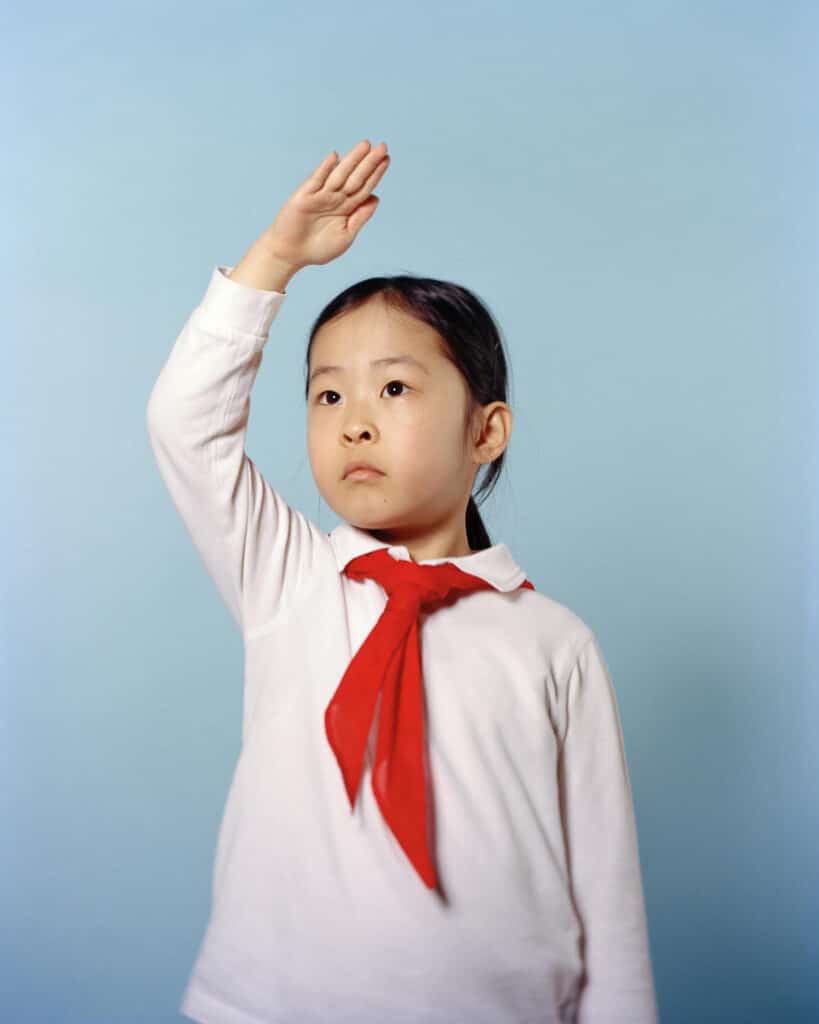
Can you tell me about your creative process?
It’s research, testing, research, testing… meeting friends, talking about progress, and starting again. When working on a new project, I always find it hard, because I don’t know which way I should go, so I try a lot of things, and hopefully, I will figure out a way from it.
I heard these words from Paul Graham, and I use them as my mantra when facing difficulties: “My work, every time I start something new, it is junk. Just keep going. And in the case of photography – sooner or later the world will whisper in your ear and say, let me show you something far more interesting than your little idea. You just have to keep going and keep at it. Make mistakes, make errors, and then the good work arrives. It will arrive.”
Your projects “Red Illuminates” and “The Leftover Women” both respond to China’s social and political policies, how much do these concepts influence your work?
These two works were made at nearly the same time. They both related to my experience at the time that when I visited my parents in Beijing in 2019, I felt it was hard to reach resources for visual and content research when I was in China. Instead, the political guidance was influencing what you can see and what you can hear. So when I returned to Ireland, I reflected on that experience in these two works but mostly in Red Illuminates.
How have you used your photography to reflect on Irish society and culture?
I’m still a recent graduate from college not long ago. The most relevant project since graduation for Irish society is the diversity commission for Dublin City Council Arts Office in 2020 – 2021. In this commission, I tried to challenge the stereotyping of the Chinese community by actively collaborating with the people I photographed and trying to build a deep and more expressive series of portraits of this diverse but under-represented ethnic community in Dublin.
I think photography is the ideal medium to engage other people. With the current technology, everyone can be a photographer. There are two parts involved, one is to click the shutter, and the other one is the subject. Talking about art making, with photography, when you give control to other people, that person starts to tell everyone what he/she sees.
“In this fast paced, economic-driven world, art is the food for our souls. If my work can be seen and understood by normal people, that’ll make my hard work worth it.”
What is the ultimate goal of your work?
I hope people see it, talk about it and maybe it can inspire people to rethink the current issues we have. In this fast paced, economic-driven world, art is the food for our souls. If my work can be seen and understood by normal people, that’ll make my hard work worth it.
Some of your work is included in the Making Art: Photography exhibition at Draíocht until January 2023, can you tell us about the works included in the exhibition?
The work exhibited in this exhibition is along with a selection from the National Photography Collection with Photo Museum Ireland. My work is a portrait of a Nurse Manager in Dublin, this image is part of the diversity commission I was a part of in 2020-2021. 5 artists were commissioned to make work for the diversity program and together the project is for reflecting the dramatically changed social and cultural landscape of Ireland’s capital city. I believe the diversity commission fits the purpose of the National Photography Collection for “building awareness of the politics of place and the role of photography in shaping cultural identity.”

Are you working on any future projects we should be keeping an eye on?
Apart from the research for the Sherkin project, I’ve mentioned, I am working on developing a new work based on the interviews I have with my subjects in “The Leftover Women (this project is about women in China who have still not married at 27 years of age and are referred to as Sheng Nu). The idea is about giving instructions to people at different stages in their life, and the reality slashes back to the ideal plan. It’s kind of a new chapter of Red Illuminates. Continuing with the instructive structure from the socialist country and interpreting it with AI images and machine learning rewrite instructions. I am still working and experimenting on the subject, I hope I will figure it out soon.
To contact or learn more about Jialin Long’s work, follow her on social media and check his website:
website: Jialin Long
Instagram: @jialin.long
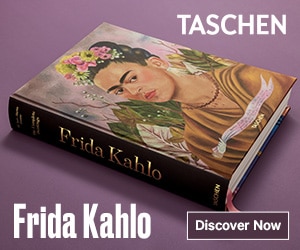

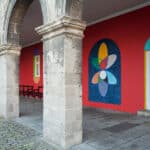
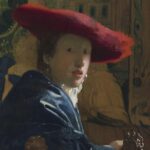

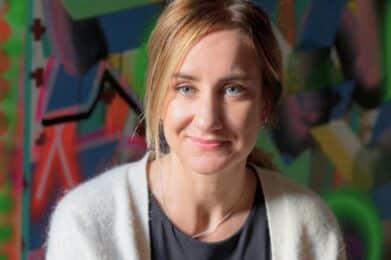
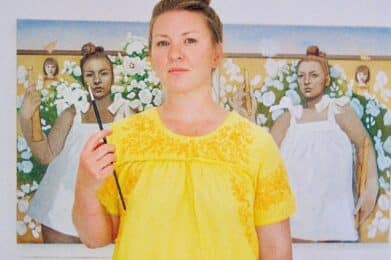
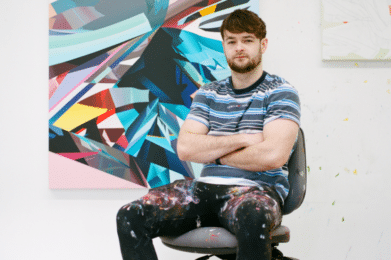

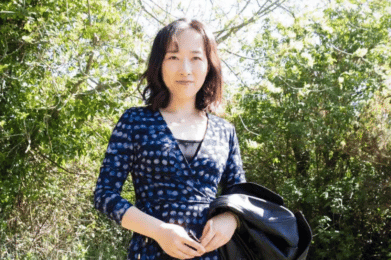



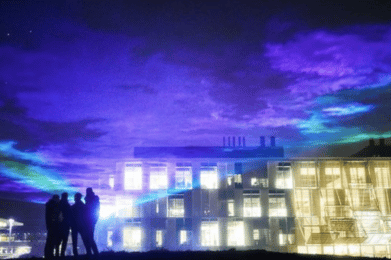


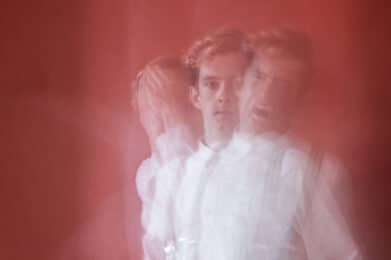
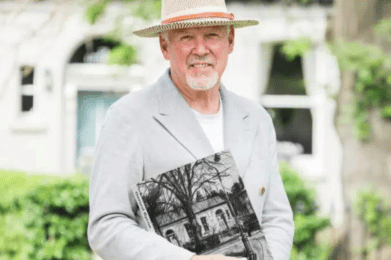

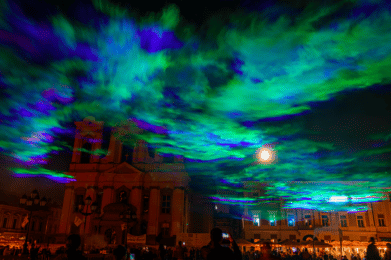

![Conversation with Maser: “I found graffiti definitely was the vehicle for me to be able to really explore what I wanted to do, meet similar peers that had the same sort of mindset as me […]”](https://dublinartlife.com/wp-content/uploads/2022/09/DAL-Interview-4-391x260.png)
